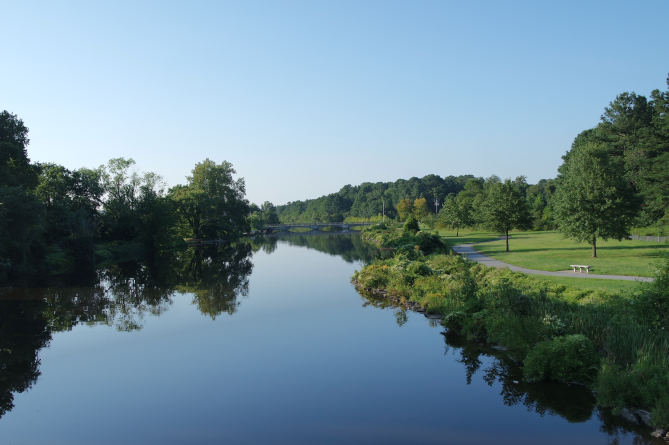Black History Month in Mexico
Source: Erasmo Vasquez Lendechy
Black History Month just ended and I wanted to recap how I acknowledged it in Mexico. I am teaching English here in Mexico, so I had the unique opportunity to share a part of my history with my students. To make it more impactful, I decided to discuss with them some of Mexico's black history as well as the ways American black history connects to Mexico. Below is a list of the resources I shared with my students.
Gaspar Yanga
Despite the fact Yanga escaped to the mountains of Orizaba, the historic settlement he founded is less than an hour away, and we live in one of the blackest states in Mexico, my students didn't know anything about Yanga. I was a little surprised, but not really due to the fact of how white supremacy and anti-blackness operates in Latin America as well as the fact Mexico only recently added the ability for Mexicans of African ancestry to identify as such in 2015. About 1.4 million Mexicans identified as black on the Census (source).
Yanga led a revolt against the Spanish colonizers and successfully defeated them although he did die in battle. The victorious revolt led to founding the first free black settlement in all the Americas and it was named after Yanga. There is a statue and museum in the pueblo of Yanga which I hope to visit before I leave in April.
If you're interested in learning more about Afro-Mexican and other Afro-Latin American cultures through travel, Ronnell Perry of AfroBuenaventura, leads cultural trips in the region.
Source: http://www.blackhistoryheroes.com/2011/05/gaspar-yanga-1570-african-slave-revolt.html
Vicente Guerrero
Mexico's first black president, a successful general who helped lead Mexico to victory during the revolution, and who abolished slavery in Mexico in 1829 during his presidency. The state of Guerrero in Mexico is named after him.
Source: https://en.wikipedia.org/wiki/Vicente_Guerrero
Underground Railroad Goes South
Not all blacks who escaped from slavery went north, especially those who were enslaved in the southwestern United States. When slavery was abolished in Mexico in 1829 by Vicente Guerrero, many blacks took the opportunity to head south of the border and start a new life in Mexico. It is estimated between 3,000-5,000 blacks fled to Mexico. Some returned to the States after the Civil War ended in 1865.
Source: https://www.pri.org/stories/2017-03-29/underground-railroad-took-slaves-freedom-mexico
African American Migration Stories
This is a great resource created by Henry Louis Gates, Jr. which details the forced and voluntary migrations of blacks from the 1600s to the present. While it focuses mainly on the United States, the early chapters do discuss blacks in Mexico and Latin America.
Mexico Creates the First Integrated Baseball League
Jackie Robinson broke the color line in Major League Baseball in 1947, but years prior to that black American baseball players found more equality in Mexico. Jorge Pasquel, from the state of Veracruz, attracted both black and white players from the U.S. and the Caribbean with better working conditions and higher pay. His efforts created the first integrated baseball league in the Americas.
Haitian Migration to Tijuana
More recently, Mexico has seen an influx of Haitian migrants seeking better living conditions. After the earthquake in 2010, many Haitians left their home country for the United States and other countries in the Americas where they could find relief, work, and a better life. Since then Haiti has also suffered a cholera epidemic and the wrath of hurricanes.
Mexico was a passing-through point into the U.S. until Donald Trump restricted the humanitarian visa for Haitian migrants and certain other countries. Haitians under the visa in the US must leave by summer 2019 and others are now stuck in limbo abroad. With their future uncertain, the growing community of Haitian migrants in the border city of Tijuana are considering making Mexico their new home for now.
Source: http://remezcla.com/film/you-should-stream-life-between-borders-black-migrants-mexico/
I really enjoyed learning about black history in Mexico and how it connects to the stories of blacks in the Americas. I also loved sharing this information with my students and hearing their opinions on topics such as slavery, racism, discrimination, freedom, and migration. Presently, there is a growing community of black Americans making Mexico their home and I see myself as part of this history.






